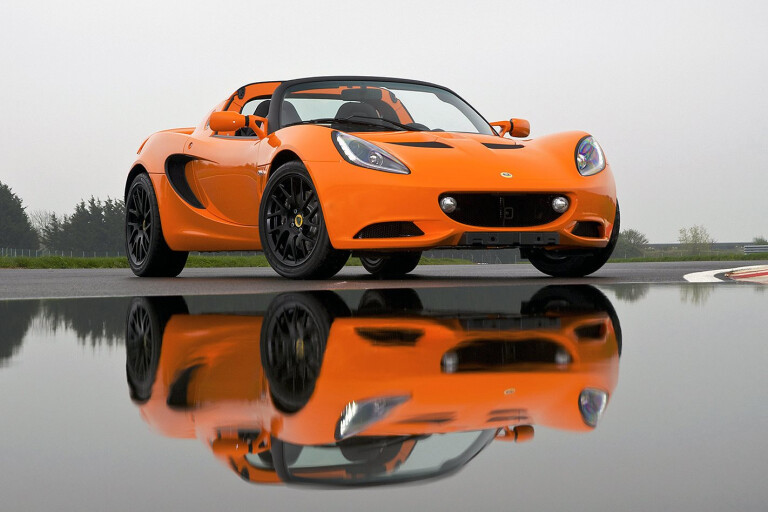
In our Fast Facts series, WhichCar delves deep into the history of automotive brands to bring you fascinating facts and intriguing information. Here we focus on Lotus, the British sports car brand that was founded by engineering genius Colin Chapman and transitioned from building kit cars for budget club racers to creating revolutionary, championship-winning Formula 1 racers and road-car legends such as the Elan and Esprit.

TRIALS BEGIN
In 1948, British engineering school graduate Colin Chapman modified a 1928 Austin Seven and started winning several trials races. The car is retrospectively called the Mark I as Chapman continues building further racers, and by 1952 Lotus Engineering Consultancy is formed.
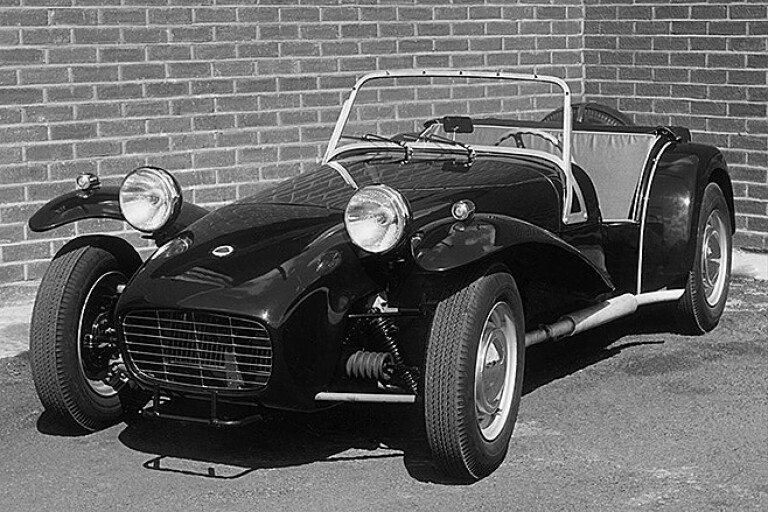
SEVEN UP
Lotus’s first production car was the Mark VI, sold in kit form for club racers who then just had to acquire an engine. It was the successor model, however, that truly put the brand on the car-maker map. The Lotus Seven [or Lotus 7] introduced in 1957 – again intended for affordable club racing – featured a tubular spaceframe chassis covered with a stressed-aluminium body with no doors. Most owners chose to install a Ford engine for power.

CATERHAM
The ‘S3’ evolution of the Lotus Seven is still manufactured today, by Caterham Cars – and known as the Caterham Seven. Caterham was a Lotus dealer that purchased the design rights to the Seven after Chapman was prompted to exit the kit-car market by the UK’s introduction of VAT (value added tax) in 1973. (An update in 2000 that allowed taller drivers to fit was crucial to get the Seven past Australian Design Rules regulations.)

JOINING THE ELITE
Chapman decided to produce a road car to help finance his racing ambitions and it materialised in 1959. The Elite was a compact, rear-wheel-drive sports coupe distinctive for its world-first fibreglass monocoque construction. It also started a trend for the names of all Lotus road cars to begin with the letter E.
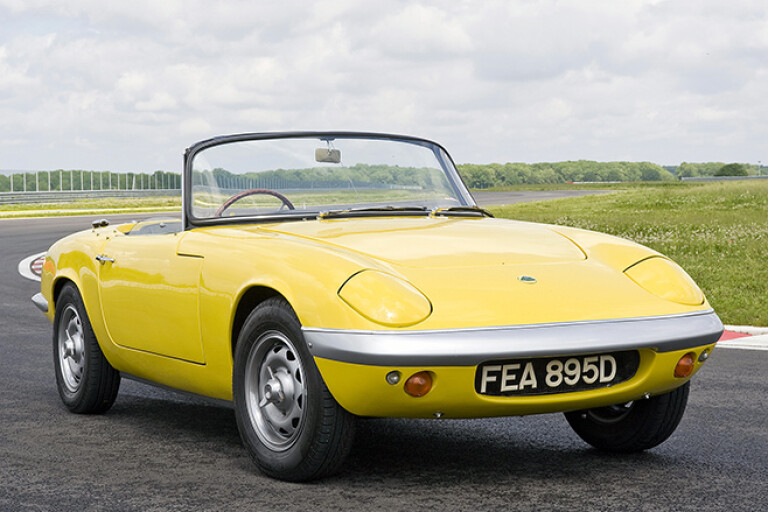
ELAN
Lotus’s reputation for world-class sports cars took off with 1962’s Elan, a two-seater roadster that was eventually joined by a coupe variant. It borrowed some parts from elsewhere – the steering rack was from Triumph and the gearbox and engine foundation were from Ford – but the key to superb ride and handling was the company’s chassis expertise and lightweight-construction ethos.

TEAM LOTUS
The company’s motorsport activities had been moved under the separate Team Lotus banner in 1954. It competed in various Formulas before Chapman decided to compete in the pinnacle of grand prix racing. Team Lotus’s first win came in the 1961 US GP, and across the 1960s and 1970s it would win seven constructors’ titles and six drivers’ championships – including two with British legend Jim Clark. Team Lotus was the first F1 team to introduce prominent aerodynamic appendages such as rear wings and bargeboards.

GROUND-EFFECT ERA
Lotus’s last F1 success came in 1978 with the 79, when it won half of the season’s 16 races to collect the constructors’ championship while its American driver Mario Andretti won the individual honours. The key was Lotus’s pioneering ‘ground effect’ aerodynamics – a term applied to how the car’s underfloor and side skirts were specially designed to behave in an opposite fashion to an aircraft’s wings and suck the car to the floor for higher cornering speeds. Ground effect aero was eventually banned in 1983 on safety grounds.
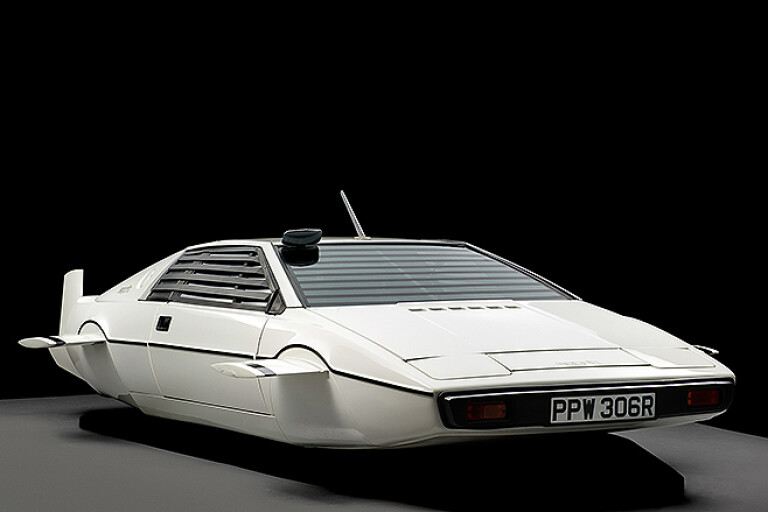
THE SPY WHO LOVED LOTUS
Lotus achieved a marketing coup for its 1976 Esprit when it appeared in 1977’s The Spy Who Loved Me with the late, great Sir Roger Moore. Still widely regarded as one of the best James Bond films, it also served up one of the franchise’s best car chases when Moore’s 007 is forced to out-run baddies trying to take him out with an armed helicopter and rocket-propelled sidecars. When the white Series 1 Esprit splashed into the Mediterranean and transformed into a mini-submarine, it completed the Lotus’s position as arguably the most memorable Bond car of all time.
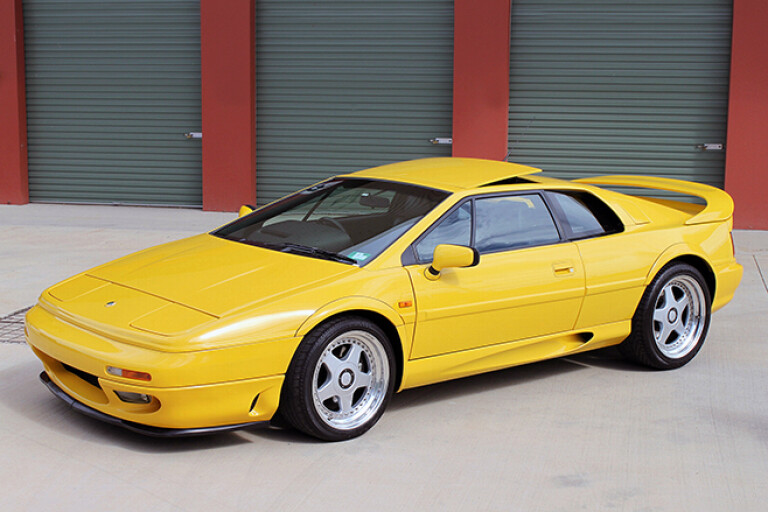
LONGEST-RUNNING LOTUS
If you don’t include the Seven, the Esprit lasted in production longer than any other Lotus road car – not retiring until 2005. It evolved over time, of course – joining the band of turbocharged cars in the 1980s, and gaining a twin-turbo V8 in the 1990s in a bid to keep up with Ferraris and Lamborghinis of the time.
CHAPMAN DEATH
Colin Chapman died of a heart attack in 1982, aged 54. A high court judge suggested he might otherwise have faced jail time for his links to the early-1980s DeLorean (of Back to the Future fame) scandal that involved drugs and embezzlement. Lotus was acquired by General Motors in 1986 but sold to Italian entrepreneur Romano Artioli, who also owned Bugatti, seven years later. Malaysian car maker Proton then assumed control in 1996, before itself becoming owned by Malaysian conglomerate DRB-Hicom in 2012. In the same week this article was published, Chinese car maker Geely – also owner of Swedish brand Volvo – had agreed to purchase a majority [51 percent] stake in Lotus [along with a 49 percent stake in Proton].

LOTUS VAUXHALL CARLTON
Lotus had already demonstrated its ability to modify mainstream cars with its 1963 Lotus [Ford] Cortina, but it caused a greater stir 26 years later with its high-performance version of the Vauxhall Carlton/Opel Omega large family car. Equipping the Carlton’s General Motors six-cylinder with dual turbochargers and advanced electronic engine management, Lotus’s tweaks gave the sedan a prodigious 281kW. It accelerated faster than a Ferrari Testarossa and could reach a top speed of 283km/h – causing some controversy when the likes of Porsche, BMW and Mercedes had agreed to cap their vehicles at 250km/h with engine limiters.
GM’S ‘LOTUS’
The General Motors-Lotus link didn’t stop at the Carlton/Omega. When the US car giant determined in the 1990s that it needed a sexy sports car to boost its image in Europe, it teamed up with the British company again to create the 2000 Opel Speedster (or Vauxhall VX220 as it was known in Britain). It was based on the chassis of Lotus’s Series II Elise and was built alongside it at the company’s Hethel headquarters, though the Opel/Vauxhall roadster twin featured a longer wheelbase, wider rear track, and GM engines (including a turbo version).
TOYOTA POWER
Various manufacturers have contributed engines to Lotus cars over the decades, and the latest is Toyota. The entry-level Elise borrows the Japanese company’s 1.8-litre four-cylinder (with higher-spec models featuring a supercharged version of the engine), while the more hardcore (and hard-topped) Exige and the two-plus-two Evora GT are powered by Toyota’s 3.5-litre V6 – familiar to any Toyota Aurion owners, though featuring Lotus modifications.
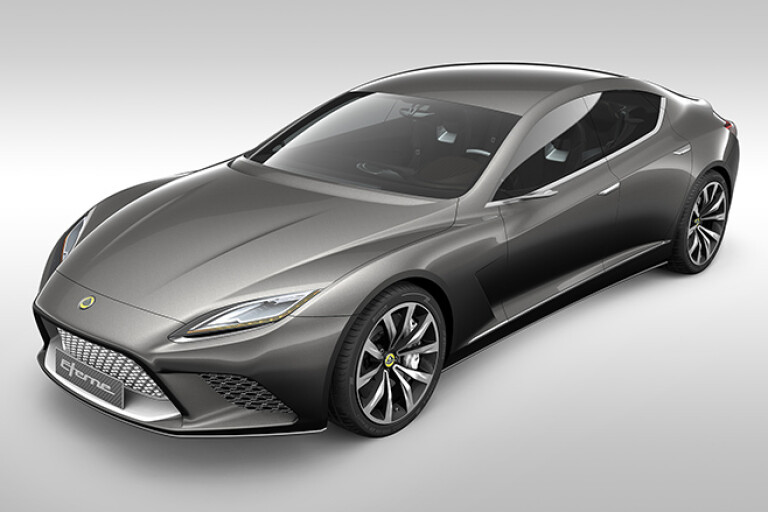
MULTI-CONCEPT SHOCK IN PARIS
At the 2010 Paris motor show, Lotus stunned media by presenting as many as five concept cars – including a potential next-generation Esprit. It was a bold move as part of then Lotus CEO Danny Bahar’s so-called Recovery Plan for the brand, though he would be sacked two years later by new owners DRB-Hicom who questioned spending of both the business and personal nature. Bahar’s case for unfair dismissal resulted in an out of court settlement.
LOTUS’S FIRST SUV
Brand new owners Geely Holding Group has promised to “unleash the full potential of Lotus Cars and bring it into a new phase of development by expanding and accelerating the rolling out of new products and technologies”. Geely is likely to remain committed to a new Lotus SUV already planned for release around 2022, which would be a major departure from any Lotus built since 1948.


COMMENTS